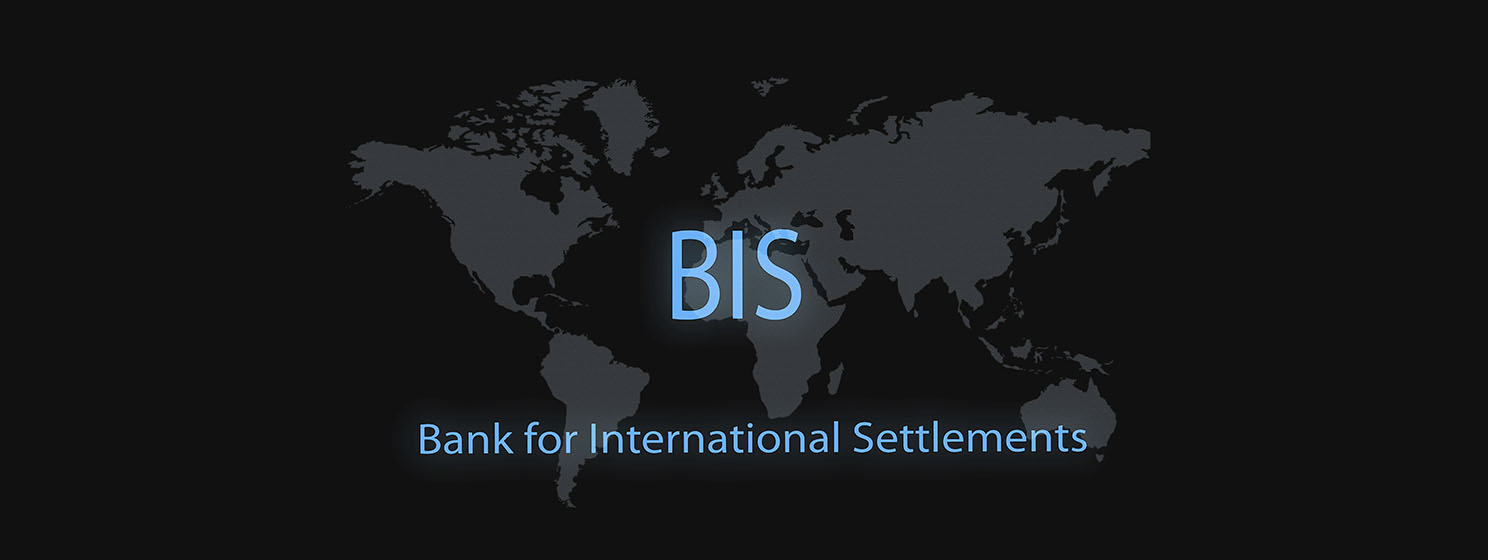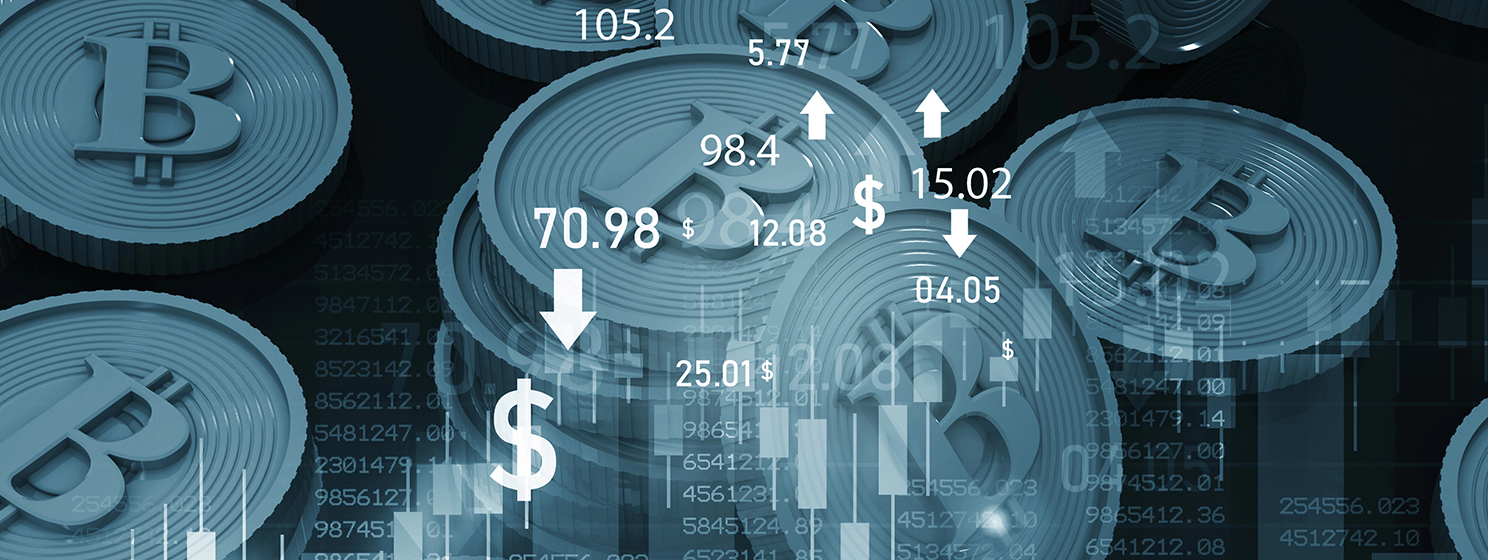|
Getting your Trinity Audio player ready...
|
In a report published on June 24, the Bank for International Settlements (BIS), an institution made up of central banks from around the world, claimed that fiat-pegged stablecoins “fall short of requirements to be the mainstay of the monetary system” as they fail the three key tests of singleness, elasticity, and integrity. However, it argued that tokenization does meet this test.
In a “special chapter” of the BIS’s Annual Economic Report 2025, titled “The next-generation monetary and financial system,” the BIS concluded that, building on the proposal for a unified ledger, the “trilogy” of tokenized central bank reserves, commercial bank money and government bonds is “the next logical step to deliver profound change for the financial system.”
The report argued that tokenization can enhance efficiency and open new possibilities in cross-border payments, securities markets, and beyond while maintaining the key principles of sound money.
“Tokenisation represents a transformative innovation to both improve the old and enable the new. It paves the way for new arrangements in cross-border payments, securities markets and beyond,” wrote the BIS. “Tokenised platforms with central bank reserves, commercial bank money and government bonds at the centre can lay the groundwork for the next-generation monetary and financial system.”
However, while the report was effusive in its praise for the possibilities of tokenization, it was less enthusiastic about stablecoins, suggesting that they fall short of requirements to be the mainstay of the monetary system when set against the three key tests of singleness, elasticity, and integrity.
This test is how the BIS judges the suitability of a payment system. The “singleness of money” refers to whether money can be issued by different banks and accepted by all without hesitation, otherwise known as “acceptance for payment at par”; elasticity refers to whether money provides the flexibility to meet the need for large-value payments in the economy, “so that obligations are discharged in a timely way without gridlock taking over”; and integrity refers to a system’s ability to safeguard against financial crime and other illicit activity.
According to the BIS, stablecoins do not meet any of these three criteria and are, therefore, not suitable to become the cornerstone of the next financial revolution.
How stablecoins fall short
According to BIS, stablecoins failed the first test, the singleness on money, partly because their value can depend on the relative “creditworthiness” of their issuers and partly because stablecoins traded in secondary markets at an “exchange rate” can deviate from par—meaning a situation can occur where different stablecoin that are supposed to be equivalent do not trade at equal value and can no longer be accepted at face value.
“Stablecoin holdings are tagged with the name of the issuer, much like private banknotes circulating in the 19th century Free Banking era in the United States. As such, stablecoins often trade at varying exchange rates, undermining singleness,” wrote the BIS.
When it comes to elasticity, stablecoins failed the test because assets, such as Tether’s USDT—the world’s largest stablecoin by market cap—can be backed by a “nominally equivalent amount of assets,” which means any “additional issuance requires full upfront payment by holders” imposing a “cash-in-advance constraint.”
In other words, the stablecoin issuer’s balance sheet cannot be expanded at will; any additional supply of stablecoins requires full upfront payment by its holders, which differs from banks, which can “elastically expand and contract their balance sheets within regulatory limits.”
Finally, stablecoins have been well publicized and have “significant shortcomings when it comes to promoting the integrity of the monetary system” and are prone to Know Your Customer (KYC) and anti-money laundering (AML) compliance weaknesses.
The BIS particularly highlighted the ability of digital asset mixers to obfuscate the origin of money and hamper traceability, as well as blockchain’s propensity for anonymity, or pseudoanonymity, which hampers KYC efforts.
Despite these critiques, the report wasn’t wholly dismissive of the potential of stablecoins, noting that they offer certain advantages, such as programmability, pseudonymity, and “easy access for new users.” In addition, their “technological attributes mean they can potentially offer lower costs and faster transaction speed,” particularly for cross-border payments.
“It remains to be seen what role innovations like stablecoins will play in the future monetary system,” wrote the BIS. “But stablecoins do not stack up well against the three desirable characteristics of sound monetary arrangements and thus cannot be the mainstay of the future monetary system.”
There was, however, another asset type and financial system that did stack up well.Tokenization for the win
As pessimistic as the report was in its appraisal of stablecoins as the next big thing in international payment systems, it was equally optimistic in its take on tokenization—the digital representation of assets on programmable platforms.
“Tokenisation stands to be the next logical step in the evolution of money and payments,” said the BIS, adding that it “integrates messaging, reconciliation and settlement into a single seamless operation, and can transform cross-border payments and securities markets, ushering in a new era for the financial system.”
Specifically, the report pointed to recent proposals for a unified ledger that provides a blueprint for the tokenized financial system. Key elements of the blueprint are tokenized central bank reserves, tokenized commercial bank money, and other tokenized claims on financial and real assets—all “brought together in a new type of financial market infrastructure.”
The report argued that the unified ledger can transform intermediary interactions, particularly when it comes to cross-border payments and, by combining programmability and transaction bundling, it can integrate and automate sequences of financial transactions.
“This eliminates delays and reduces manual interventions and reconciliations arising from the traditional separation of messaging, clearing and settlement,” noted the report.
According to the BIS, tokenization also enables the joint execution of three previously separate steps: the debiting of the payer’s account, the crediting of the receiver’s account, and settlement on the central bank balance sheet. This allows for the “synchronous exchange” of assets so that each transfer occurs only upon the transfer of the others.
In terms of singleness—one of the areas stablecoins fell down—the report suggested that singleness on private tokenized money and cash would be supported in the same way it is now for commercial bank deposits, as long as all private tokenized money issuers complied with the same regulatory standards and had access to the same safeguards. It added that singleness between the private tokenized money issued by non-banks and cash could also be maintained under the proper arrangements.
Tokenization can also utilize smart contracts—computer programs that run on a blockchain and automatically trigger when certain pre-agreed conditions are met, without the need for human intervention—which enables central banks to instantly create and adjust their tools, such as deploy new facilities and adjust interest rates or collateral requirements.
In this way, “tokenisation could offer flexibility and speed in monetary policy operations” as well as “improve operational efficiency and promote automation in back office tasks.”
Finally, as tokenized platforms could—in principle—operate continuously, smart contracts could support extended or even 24/7 market operations.
“Tokenisation of deposits and central bank money means that both the primary means of payment as well as the settlement function of central bank money can be integrated seamlessly on the same programmable platform,” said Hyun Song Shin, Economic Adviser and Head of the Monetary and Economic Department at the BIS, in a June 24 press release. “It has the potential to transform securities markets and its application to correspondent banking is especially promising.”
This sentiment was echoed by Agustín Carstens, General Manager of BIS, who commented: “The next-generation monetary and financial system combines the time-tested principles of trust in money underpinned by central banks with the functionality unlocked by tokenisation. This system is poised to deliver substantial improvements to current practices and to enable entirely new economic arrangements.”
Amongst all the praise, the BIS did acknowledge that the transition to a fully tokenized financial system would not be without its challenges.
Interoperability between existing account-based systems and emerging tokenized infrastructures must be ensured; changes to existing systems will be needed, including adjustments to booking and reconciliation processes or messaging standards; fragmentation across both legacy and new networks could pose a challenge; and the emergence of tokenized repo transactions adds to demands on sound collateral management.
However, overall, the BIS concluded that tokenization represents a “transformative innovation to both improve the old and enable the new” and one that could well be the basis for the next-generation monetary and financial system.
Watch | Rediscovering Blockchain: Here’s how you build trust at scale

 12-14-2025
12-14-2025 





